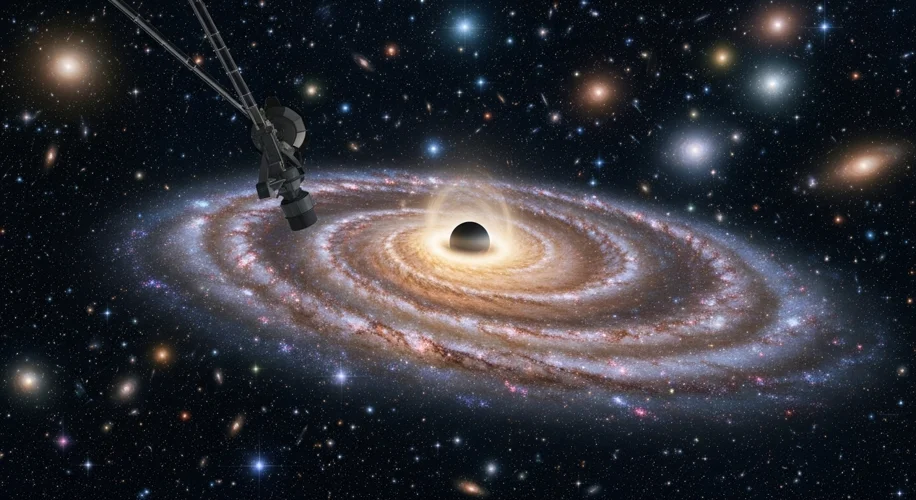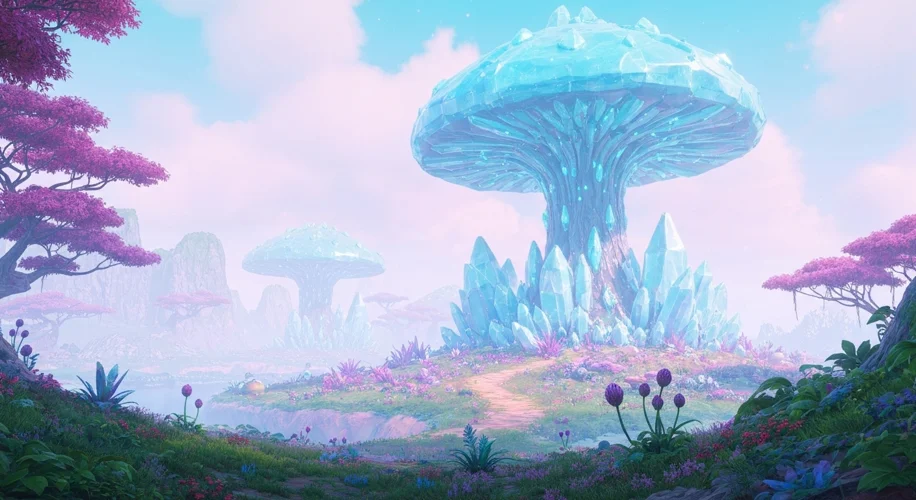Imagine a time, not so long ago in the grand cosmic calendar, but impossibly distant for human comprehension. A time when the universe was a mere infant, barely a billion years old. In this nascent cosmos, a drama of creation and destruction was already unfolding, giving birth to the most enigmatic objects known to science: black holes.
On August 7, 2025, a team of astronomers announced a discovery that has sent ripples of excitement through the scientific community and beyond. They have confirmed the existence of the earliest black hole ever detected, a cosmic behemoth that existed when the universe was just a fraction of its current age. This isn’t just another celestial find; it’s a direct window into the universe’s infancy, offering unprecedented insights into how these gravitational monsters formed and evolved in the very first epochs.
The tale of this ancient black hole begins with light, ancient light that has traveled across unimaginable gulfs of space and time to reach our telescopes. The James Webb Space Telescope (JWST), with its unparalleled sensitivity, peered into the cosmic dawn, scanning regions of the sky that have remained largely unexplored. It was within the light from a galaxy known as GN-z11, a galaxy observed as it was when the universe was only about 400 million years old, that the first tantalizing clues were found.

What makes this discovery so profound is the sheer immensity of the black hole found within GN-z11. Preliminary estimates suggest it possesses a mass millions of times that of our Sun. To form such a colossal object so early in the universe’s history presents a significant puzzle for astrophysicists. Current theories of black hole formation, which often involve the collapse of massive stars or the merging of smaller black holes, struggle to account for the rapid growth required to produce a black hole of this magnitude in such a short cosmic timeframe.
Dr. Jeyhan S. Kartaltepe, an astronomer at the Rochester Institute of Technology and a member of the research team, described the finding as “a truly remarkable discovery.” She further elaborated that “seeing such a massive black hole so early in the universe’s history is like finding a fully grown adult in a cosmic nursery. It challenges our understanding of how these objects form and grow.” The team used JWST’s Near-Infrared Spectrograph (NIRSpec) to analyze the light emitted by GN-z11. The spectrum revealed the tell-tale signatures of an actively feeding supermassive black hole – a quasar – blazing at the galaxy’s center.
This ancient quasar, powered by the voracious appetite of the black hole, was not only incredibly massive but also surprisingly luminous. Its brilliance allowed astronomers to detect it across billions of light-years. The implications of this discovery are far-reaching. It suggests that supermassive black holes may have been seeding the early universe much sooner and in greater numbers than previously thought. This could mean that the processes that lead to their formation are more efficient or that different mechanisms were at play in those primordial times.
For historians of science, this finding represents a pivotal moment. Just as ancient texts reveal the thoughts and actions of past civilizations, this ancient black hole serves as a historical artifact from the universe itself. It forces a re-evaluation of our cosmological models, much like finding an unexpected artifact can rewrite the history of an archaeological site. The very existence of this object pushes the boundaries of our knowledge, hinting at potential gaps in our understanding of cosmic evolution.
What lies ahead? The astronomers are eager to conduct further observations, hoping to confirm the black hole’s mass and to search for other similar objects in the early universe. Each new discovery will be like unearthing another chapter in the universe’s autobiography. This finding is not an end, but a beginning – the opening of a new vista onto the cosmos, inviting us to probe deeper into the mysteries of our origins.
In a sense, this discovery connects us to the very fabric of existence. The black hole in GN-z11, though impossibly distant and ancient, is a testament to the dynamic and often surprising nature of the universe we inhabit. It reminds us that even as we stand on the shoulders of giants in our understanding of the cosmos, there are always new frontiers to explore and ancient secrets waiting to be unveiled.

